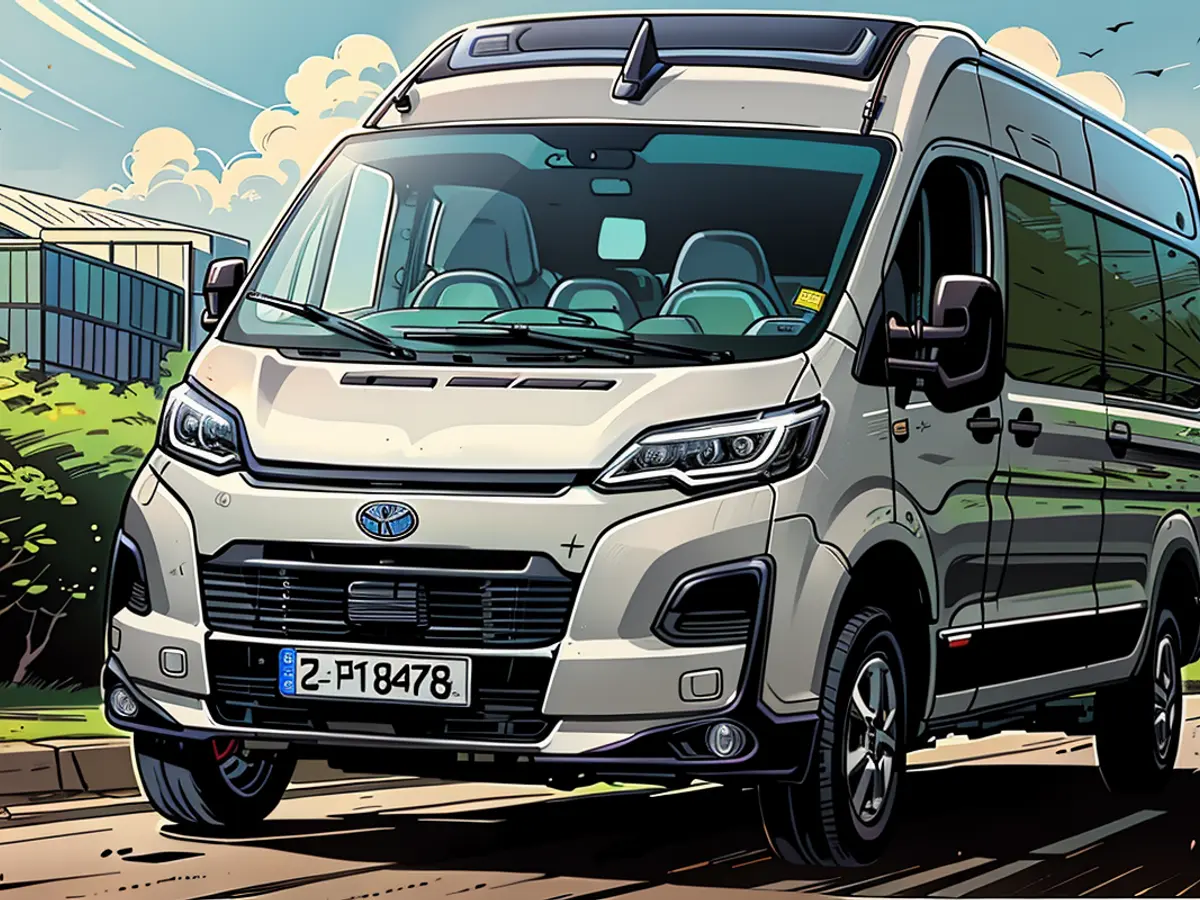Toyota's Proace Max Electric model is making its mark in the competitive van sector.
Booming sales of light commercial vehicles within Europe have prompted Toyota to strengthen its market presence. This is accomplished through a facelift of the Proace range, which now includes various options. Notably, the Proace Max is entirely new and incredibly spacious.
Numerous choices, two power sources, a multitude of versions, and an ambition: Toyota is attempting to dominate the light commercial vehicle market up to 3.5 tonnes using the new Proace Max. Similarly, the Proace and Proace City have also undergone modifications. Toyota seeks to challenge competitors like the VW Crafter, Mercedes Sprinter, and Ford Transit with the Max, given its superior adaptability.
Anyone who presumes they recognize the revamped countenance of Toyota's light commercial vehicles is mistaken. The Proace range is a collaborative endeavor with Stellantis and is manufactured in their facilities in Poland, France, and Spain. The similarities to the Fiat Ducato, Peugeot Boxer, Citroën Jumper, or Opel Movano are intentional.
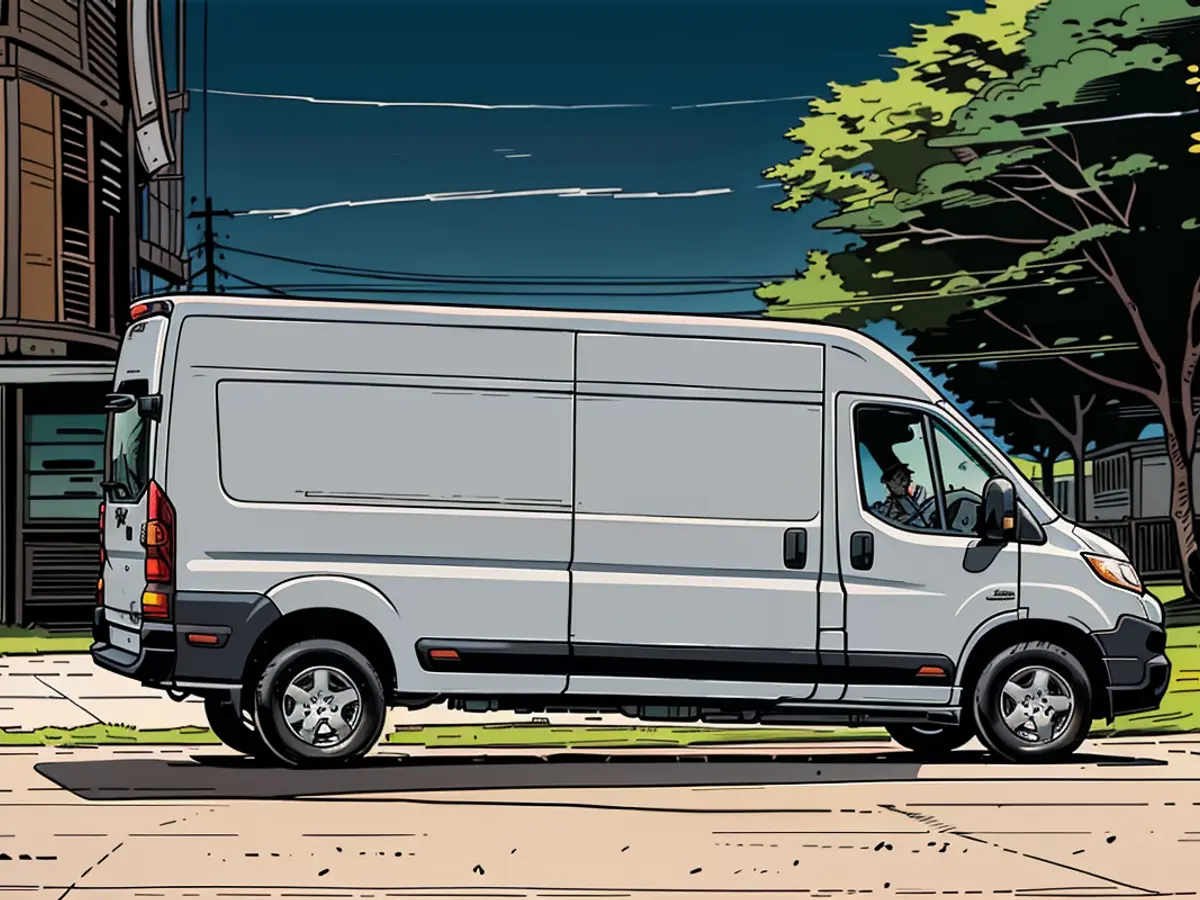
Initially, the Proace Max will be available as a box van, though the pickup version, complete with tilting function, will debut in the first quarter of 2025. For specialized builds, such as campers, Toyota, like its Stellantis counterparts, offers the bare chassis.
Prices for the smallest box van begin at an affordable 41,470 euros (including VAT), while the largest box van costs 57,760 euros. The base price for the pickup version (only the long version) is 47,790 euros.
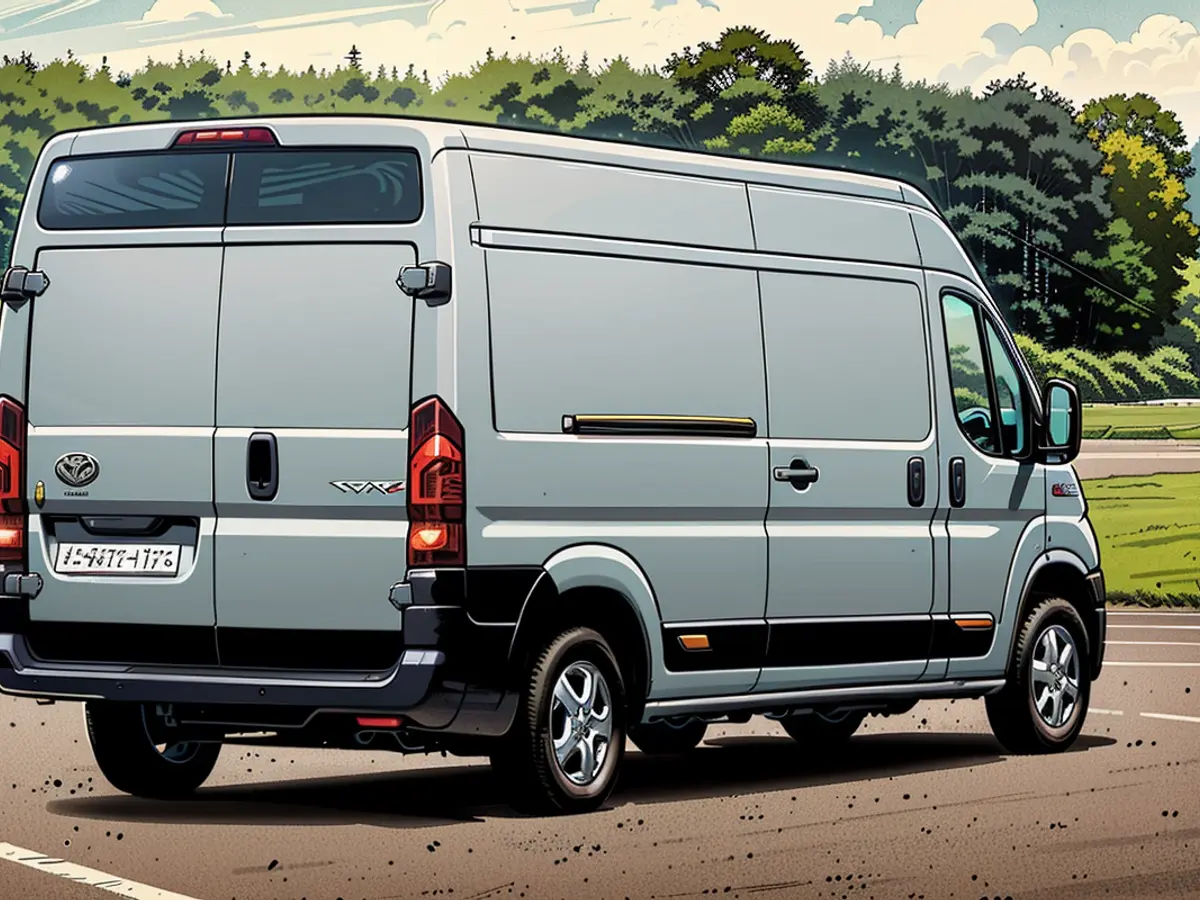
These prices pertain to the 2.2-liter four-cylinder diesel engine, which offers power levels of 120, 140, and 180 PS. However, the Max is more substantial when equipped with the 205 kW/279 PS electric motor, with costs ranging from 66,425 to 71,130 euros.
Operationally, the electric Max performs impressively. The vehicle operates nearly silently, with the strong motor effortlessly handling the high unladen weight, although this results in some tardiness. The weight is also the primary issue: the empty electric Max weighs 2,790 kilograms, leaving space for only 710 kilograms of cargo. A clever homologation maneuver - the drive battery serving as a tank and not contributing to the maximum weight calculation - increases its maximum payload to 1,460 kilograms.
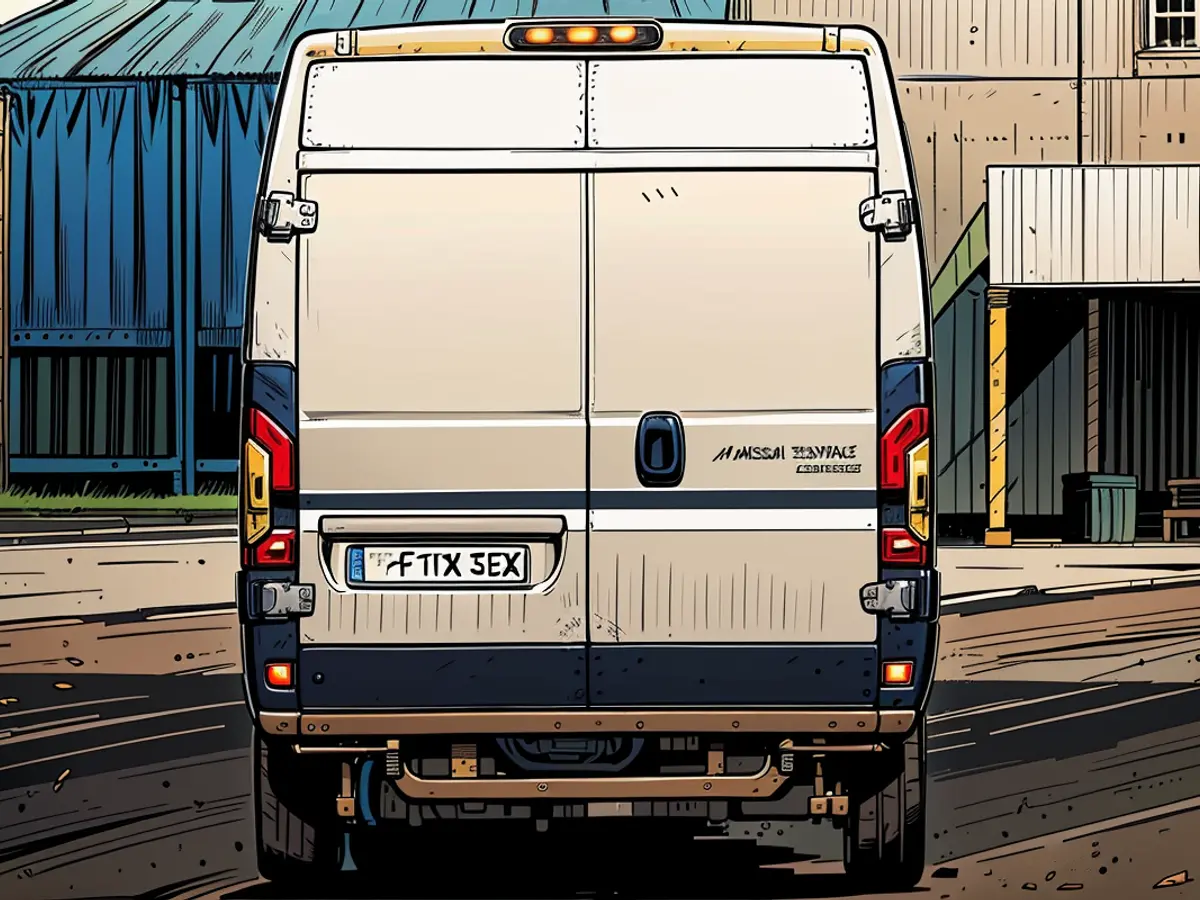
The electric Max also excels in terms of charging management. Its 110 kW battery allows the box van a WLTP range of between 360 and 537 kilometers, while an empty battery pack recharges to 80% in a mere 55 minutes at a fast charger. Its towing capacity is also commendable at 2,400 kilograms (braked), while diesels reach between 2,200 and 3,000 kilograms based on the version.
Toyota is venturing into new territory by introducing the Proace Max and hopes to benefit from the market's recent growth in 3.5-tonne light commercial vehicles. They aim to increase their LCV sales from the current 140,000 to 180,000 units in 2023 through the Max by offering extensive customization options.
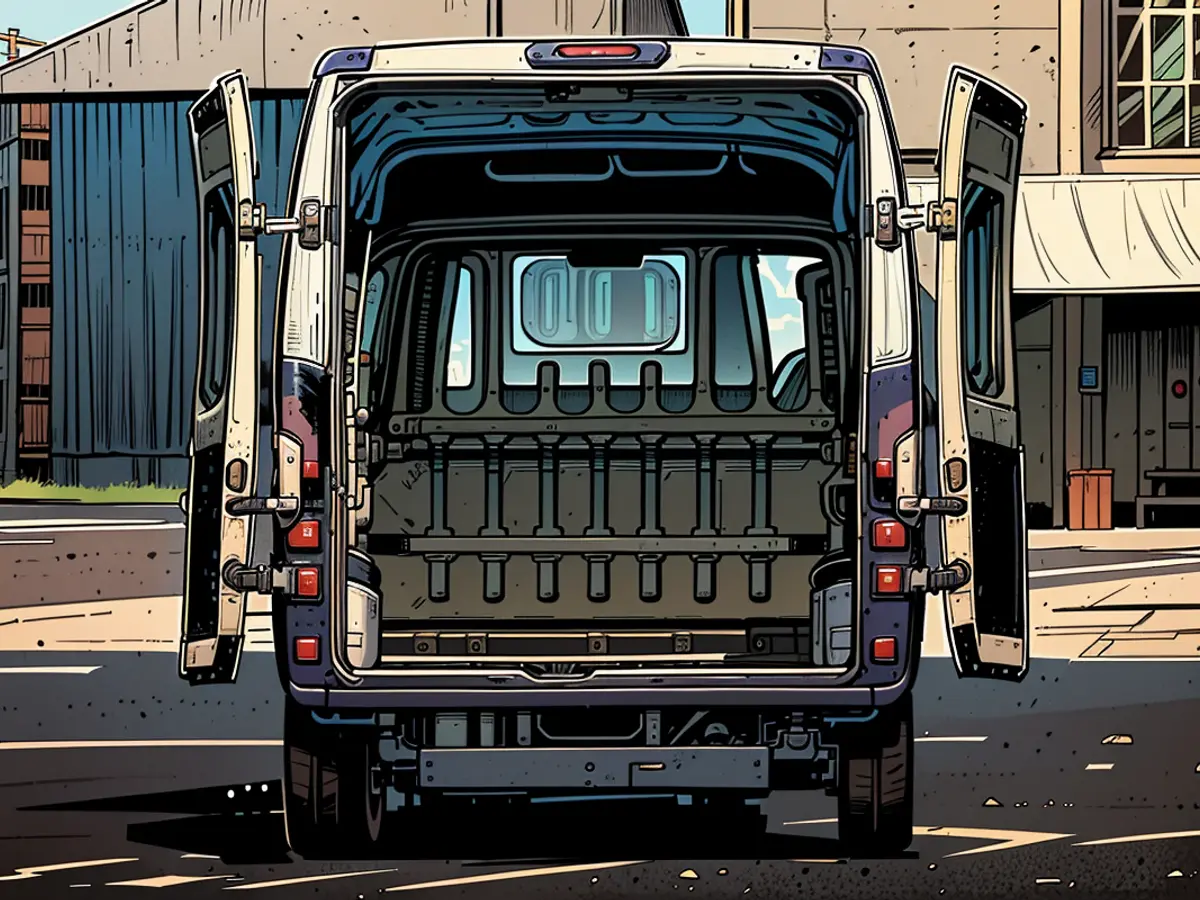
The Proace Max boasts the largest load volume in its class (17 cubic meters) with countless customization options. Thanks to European manufacturing, Toyota can efficiently accommodate customer requests, with 90% of orders tailored to specific needs, according to Etienne Plas from Toyota Europe. The Proace Max supports two wheelbases, three lengths, three heights, and both single and double cabins from the factory. For more specialized requests, such as workshop equipment, Toyota certifies upfitters.
The Proace Max represents the logical progression of the LCV joint venture with Stellantis, which began over a decade ago. Today, partners cover all LCV segments, and Toyota has updated the smaller Proace models with a 100 kW/136 PS electric motor, paired with either a 50 or 75 kWh battery.
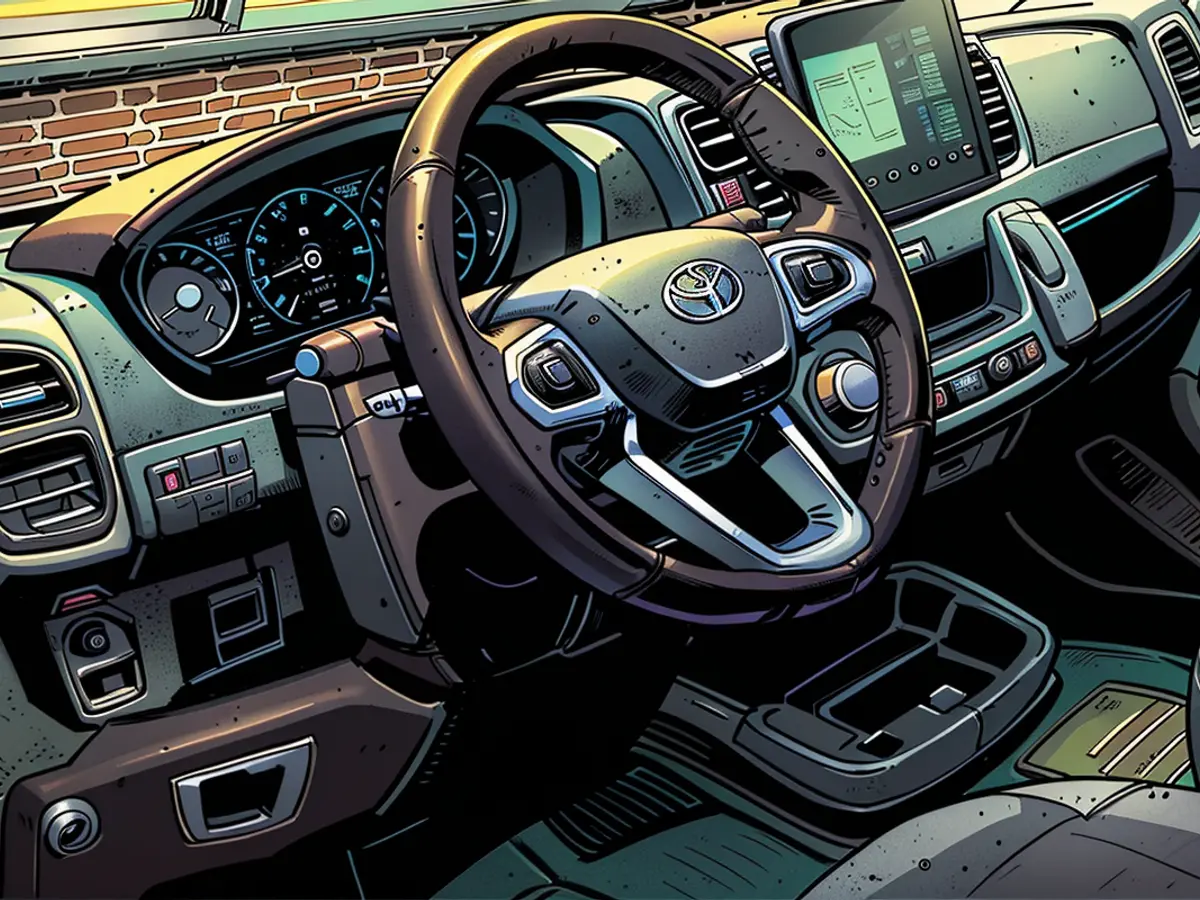
The interior has been upgraded, especially for "Verso" variants that have transitioned from commercial to passenger vehicle territory. The Proace purposefully targets the VW ID.Buzz, with prices starting at €36,900 for the 1.5L diesel (88 kW/120 PS), €38,600 for the 2.0L diesel, and €44,500 for the electric version.
The tiniest Toyota LCV, the Proace City, competes in the same league as the VW Caddy. It's the only hybrid option in its range, powered by a 1.2L petrol engine (81 kW/110 PS) priced at €24,835. For diesel enthusiasts, options include 1.5L with 75 kW/102 PS or 96 kW/130 PS. The mid-range 96 kW/130 PS diesel variant costs €37,130. The City Verso also comes in a fully electric version, boasting a 50 kWh battery, 100 kW/136 PS, a 32-minute charge time, and a WLTP range of 343-465 km.
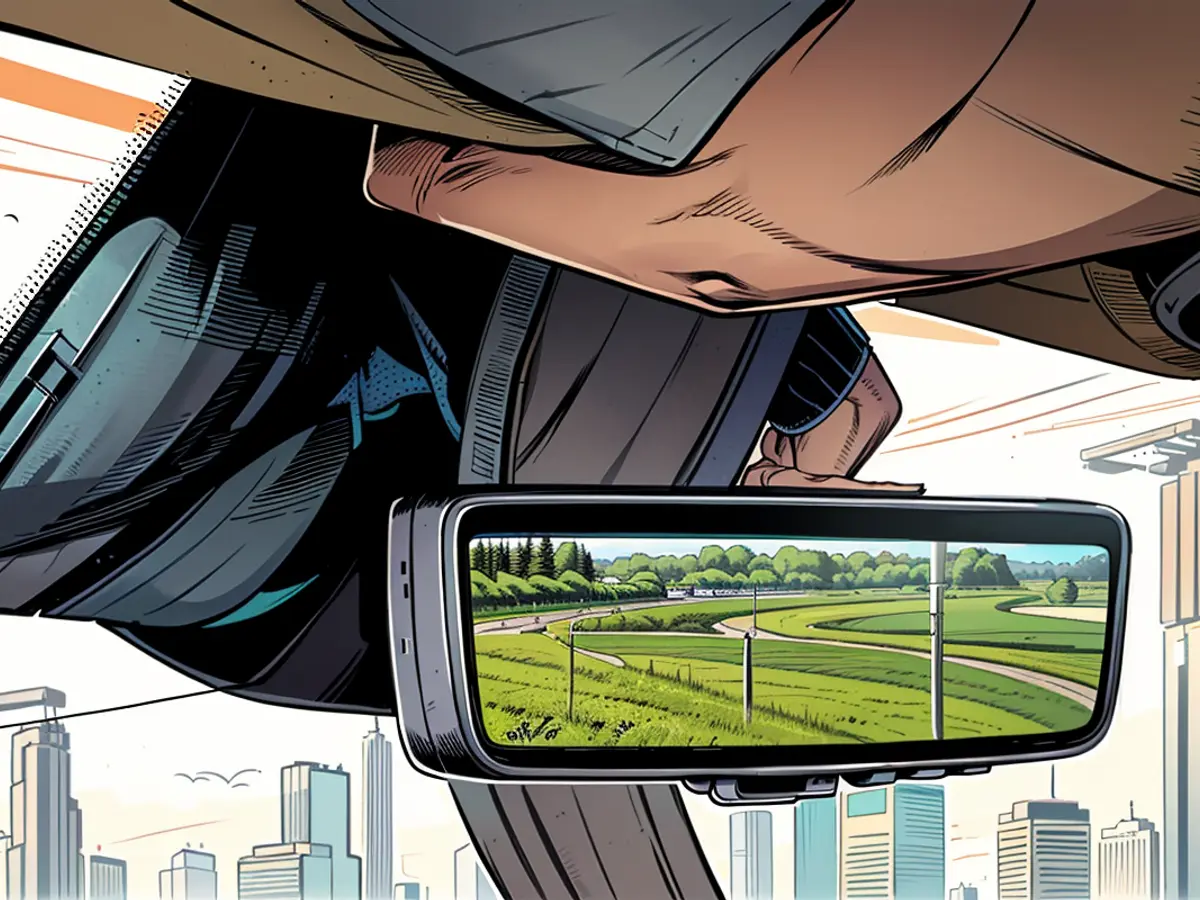
The distinction between commercial and passenger vehicles becomes more pronounced in this smallest LCV category. The City even offers luxury materials like leather upholstery at a lower cost. This segment's affordability and generous offering make it a hit among young families. The electric City Verso, despite its commercial vehicle suspension and high weight, performs admirably in transporting children, gifts, or market materials, thanks to its versatility.
Toyota Proace Max Electric - Technical Specifications
- Light commercial vehicle with a maximum gross weight of 3.5-tonnes
- Dimensions: 5.99 m length, 4.03 m wheelbase, 2.05 m width (excluding mirrors), 2.76 m height (high roof); payload: 1460 kg
- Electric motor delivering 209 kW/279 PS; torque: 410 Nm, top speed: 130 km/h, front-wheel drive, WLTP consumptions: 26.2-31.2 kWh/100 km, CO2 emissions: 0
- Price: starting from €69,220
The Proace Max electric variant offers a unique selling point with its substantial increase in customization options, aiming to attract customers seeking extensive customizations, beyond what Toyota and its Stellantis counterparts usually provide. Other prospective buyers may be drawn to the Proace Max due to its impressive load volume, as it boasts the largest in its class at 17 cubic meters.
